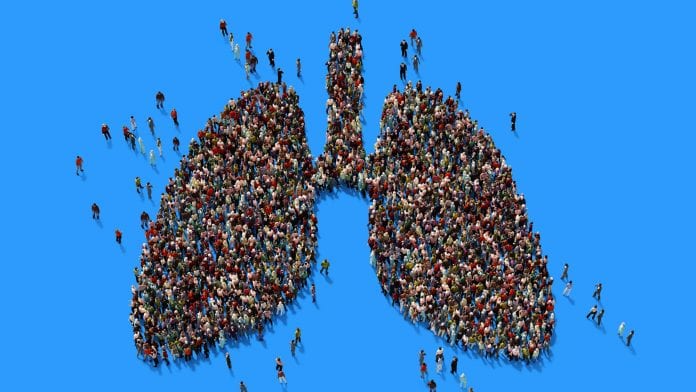
A new survey from the World Health Organization has highlighted that countries still need to take action to mitigate the impacts of radon exposure.
In 2019, residential radon exposure alone was estimated to have caused 84,000 deaths globally by lung cancer; in some countries, it is among the leading causes of lung cancer. Of the 56 countries that responded to the survey, 44% have developed national radon action plans, and 39% have included it in codes for new buildings, however, the WHO believes that more needs to be done.
Radon and cancer
Radon is a naturally occurring radioactive gas that is a high lung cancer risk among non-smokers, as it is able to seep through into homes when it escapes from the ground causing DNA damage and cancer, although well-tested, durable, and cost-efficient methods do exist to prevent radon in new houses and to measure and reduce it in existing homes,
According to the survey, only 12% of surveyed countries have provided radon education for building professionals, 15% have provided financial support to fix existing buildings, and no country has included mandatory radon measurements in property transactions.
The WHO says much more is still needed to be done for most countries to achieve radon concentrations at or below its recommended reference level of 100 Bq/m3 (Becquerel per cubic metre), or at least not to exceed the international recommended 300 Bq/m3.
Safety recommendations
As a crucial step towards reducing lung cancer risk worldwide, the WHO has recommended that countries adopt reference levels of the gas of 100 Bq/m3). If this level cannot be implemented under the prevailing country-specific conditions, WHO recommends that the reference level should not exceed 300 Bq/m3.
The 2019 survey forms the basis of newly launched WHO database on radon, which provides a detailed snapshot of efforts to manage the risk from radon exposure around the world. This database forms part of the Global Health Observatory, a comprehensive repository of current statistics and information on global health issues.
WHO’s first detailed survey on radon, which attracted responses from 36 member states, was conducted in 2005 as part of a three-year WHO International Radon Project, a collaboration which sought to create a global radon database and provide improved global estimates of the disease burden associated with radon worldwide. The results fed into the WHO handbook on indoor radon: A public health perspective, which provides policy options to help national authorities to develop, promote, and strengthen radon control activities at country or regional level, as well as details of its health impacts.

























